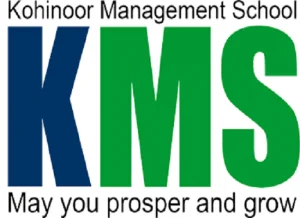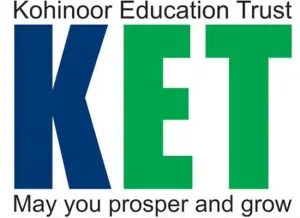𝗘𝗱𝘂𝗰𝗮𝘁𝗶𝗼𝗻𝗮𝗹 𝗩𝗶𝘀𝗶𝘁 𝘁𝗼 𝘁𝗵𝗲 𝗥𝗕𝗜 𝗠𝗼𝗻𝗲𝘁𝗮𝗿𝘆 𝗠𝘂𝘀𝗲𝘂𝗺
With the objective of understanding the history of RBI and the evolution of currency, Kohinoor Business School arranged for an educational visit for their MMS Semester I students, to the RBI Monetary Museum, located at Fort, Mumbai.
The RBI Monetary Museum or the Reserve Bank of India Monetary Museum is a museum that covers the evolution of money in India, from the earliest barter system and the use of cowries, to paper currency, coins, stock markets and modern-day electronic transactions. The collection, divided into six sections, has about 1,500 objects that include coins dating back to 6th-century BCE and from the Indus Valley, the Kushana Empire, the Gupta Period and the British Raj; ancient paper money from across India, China and Southeast Asia; financial instruments; and other interactive exhibits.
Around 120 students were accompanied by faculty members, Dr. Niyat Shetty and Mr. Tushar Sadakal. The visit was able to achieve its objective, as students were shown a multimedia presentation on the Story of Indian Paper Money and they got to see the display of various coins and their gradual evolution to paper currency at the museum.

